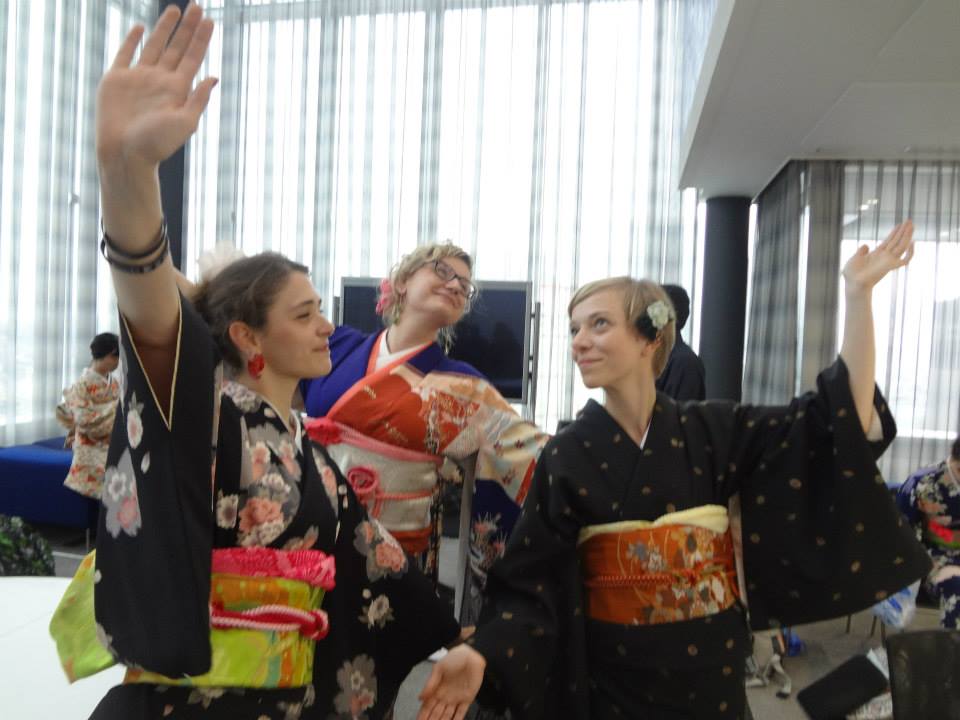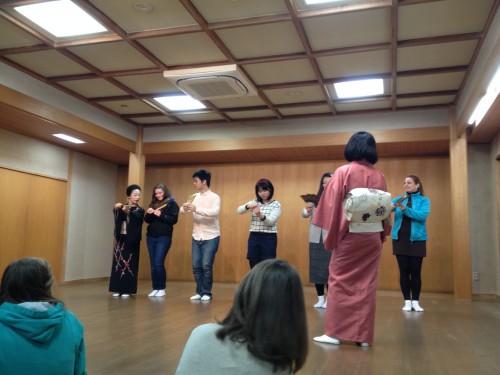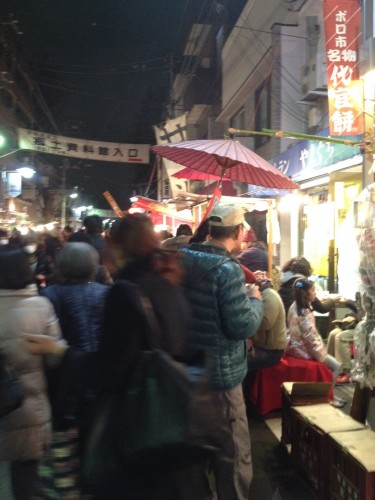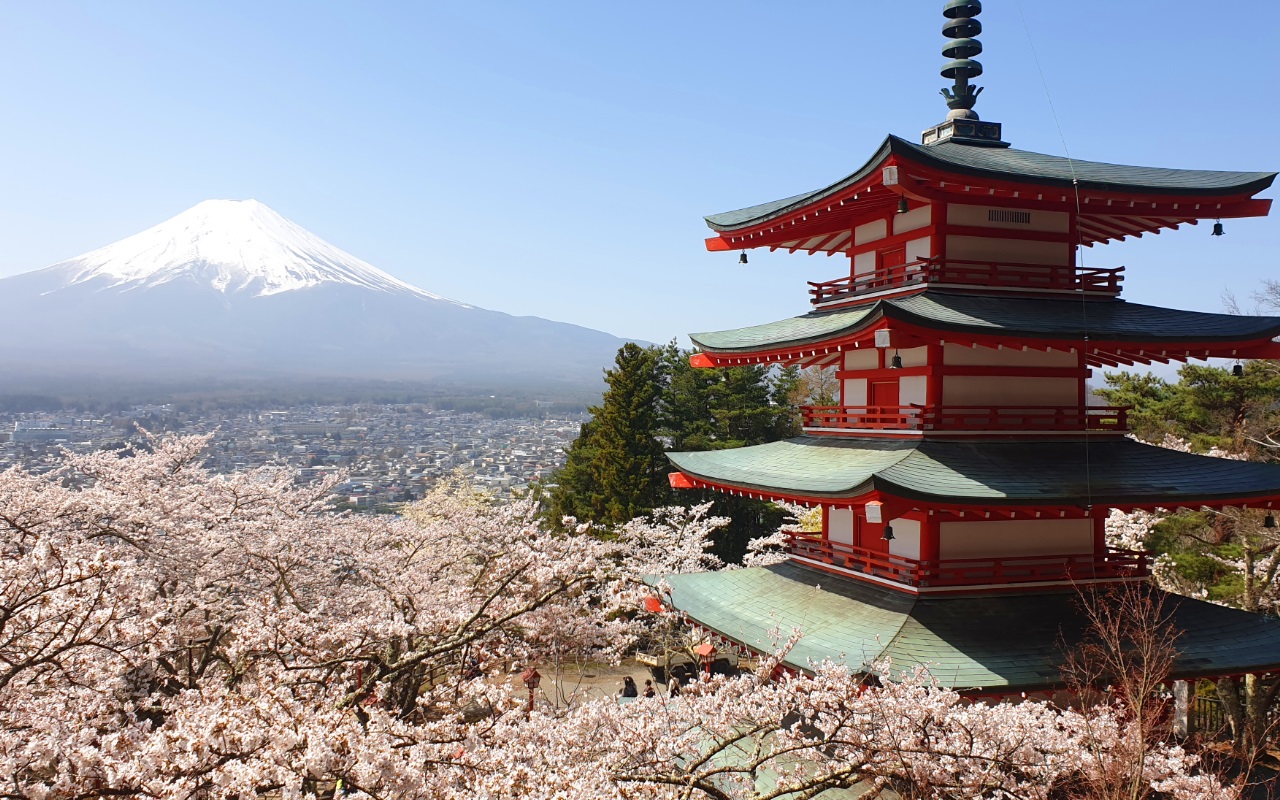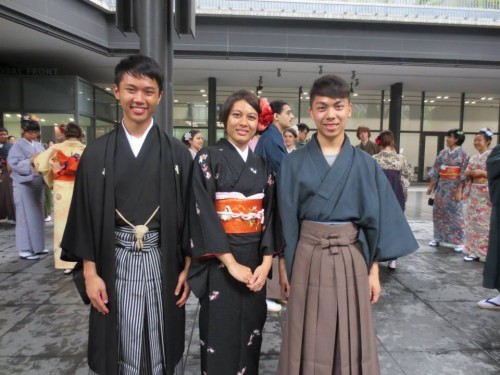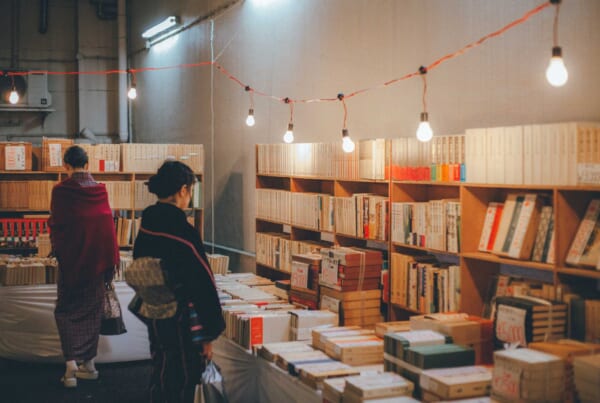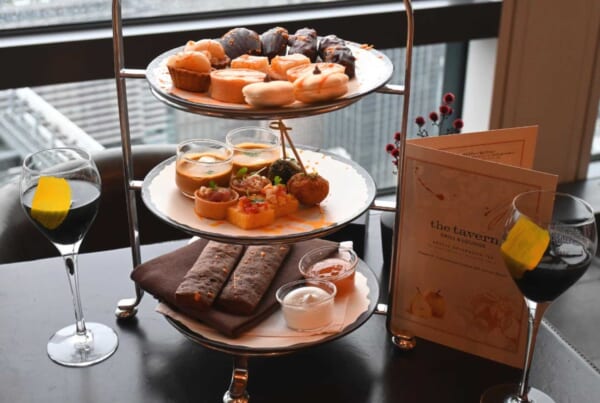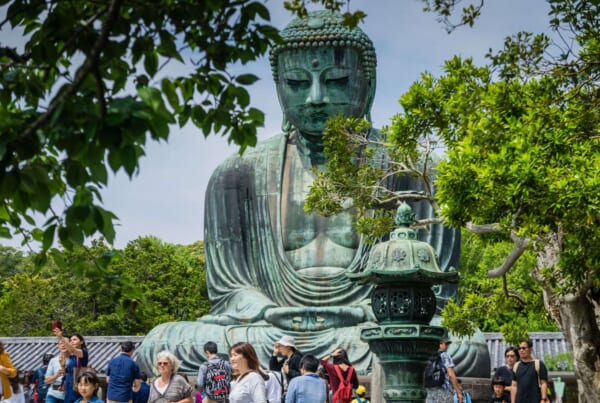If you have ever looked at a picture or painting of a Japanese person before the Meiji era they will undoubtedly be wearing a kimono (depending upon the season). Mainly during the Meiji era, because of expanding trade to different countries and globalisation, the Japanese government heavily influenced people into wearing western style clothing. As a result, kimono are now primarily worn during special occasions like weddings, funerals, coming-of-age ceremonies and so on. Because of their usage type nowadays, kimono can be extremely expensive. Never fear however, as there are a few places you can obtain a beautiful kimono without having to pay hundreds and thousands to get it.
Vintage Kimono Shopping in Local Markets
There are a few local markets that pop up in Japan from time-to-time that offer real deals on old kimono, obi and even getta. Unfortunately these tend to have the drawback of being a few child sizes too small for most non-Japanese, and even a lot of modern Japanese – considering the increase in height which occurs through generations.
Due to the way that fashion has evolved, and how people have grown over generations, families often have no use for their old kimonos. So, markets tend to have the disused kimonos of people’s grandparents and older family members. Although these kimonos may get a tick in the box for authenticity and history, there is little point in owning them if they don’t fit.
Introducing a Vintage Japanese Clothing Gem in Harajuku..
If you like, you could buy a modern kimono tailor-made to your size, but you could probably use that money to travel, or buy a small car. If you’d rather have the option of buying a small car and a good kimono, then there is another alternative. A relatively inconspicuous shop located on Omotesando in Harajuku called Chicago has a few hidden treasures when it comes to, what many call ‘vintage’ and I call ‘desirable second-hand‘ clothing.
Chicago not only sells a vast array of western style vintage clothing, like bomber jackets and 90’s style dungarees – that tempt us all until we realise why we never wore them in the 90’s – but also a selection dedicated to Japanese vintage. The collection is indeed smaller than that for the western style of clothing but it is just as appealing and interesting. You can not only get vintage kimono, happi, obi, junbei, hakama, haori, tabi and so on, but also all the things you will need for your kimono, i.e: obiage, han-eri and obejima. There are also different types of kimono for different occasions.
Chicago Offers a Variety of Styles, Designs and Sizes!
Oddly enough, if you are getting married there are more junihitoe than you would assume. There are also both casual and more formal kimono, the homongi and the furisode. They come in a variety of sizes and are labelled in English, which leads me to believe they are displayed because they are more likely to fit taller people of a western persuasion. Although, you will still need to know your height and shoe size in centimetres. Some homongi were priced from 2,000 yen, some nagajuban for around 1,000 yen and most obi for 2,000 yen, meaning you can probably buy everything you need for a formal occasion for under 10,000 yen.
There are also many different designs, from the more floral to geometric, or plain. Everything from the everyday to the ultra formal. Though many Japanese either do not know, or do not particularly care, there are certain rules and guidelines when it come to kimono. For example, there are ways to check if they are authentic, and there are guidelines for when certain colours and patterns should be worn depending on the season. For instance, a wisteria and cherry blossom are worn in the spring and moon patterns in the autumn to coincide with natural events and festivals. If you are a stickler for detail this may be something you want to research before going, but I can assure you most people will not judge you or even recognise you may be wearing a carp pattern in the winter.
For those looking to buy a wearable kimono or a souvenir of their time in Japan, Chicago allow a cheaper alternative that does not scrimp on style or design. This is a good place to start a collection and test your interest while, being located in Harajuku, not being as daunting as discussing with a Japanese market vendor about which size would fit you.
[cft format=0]


